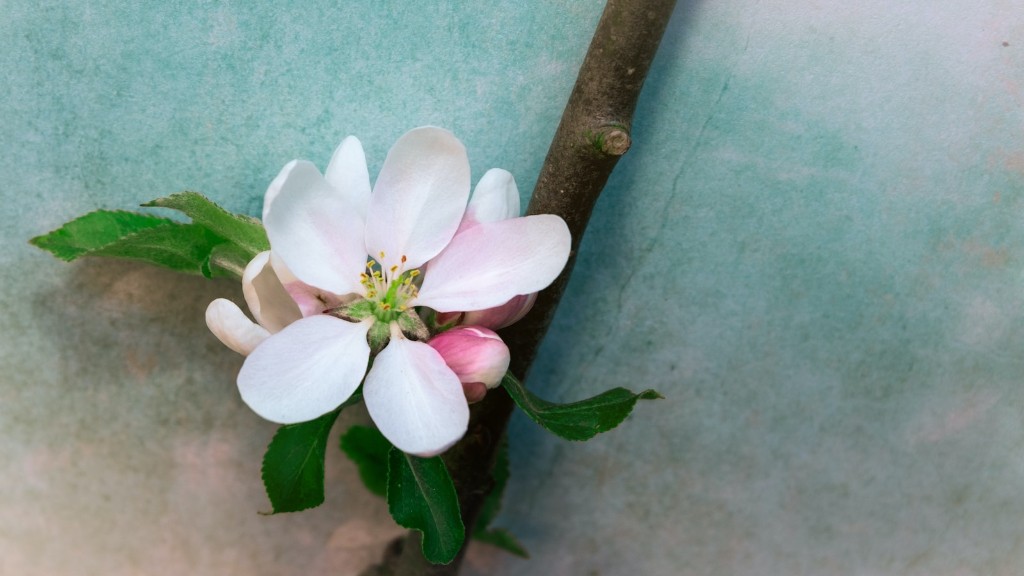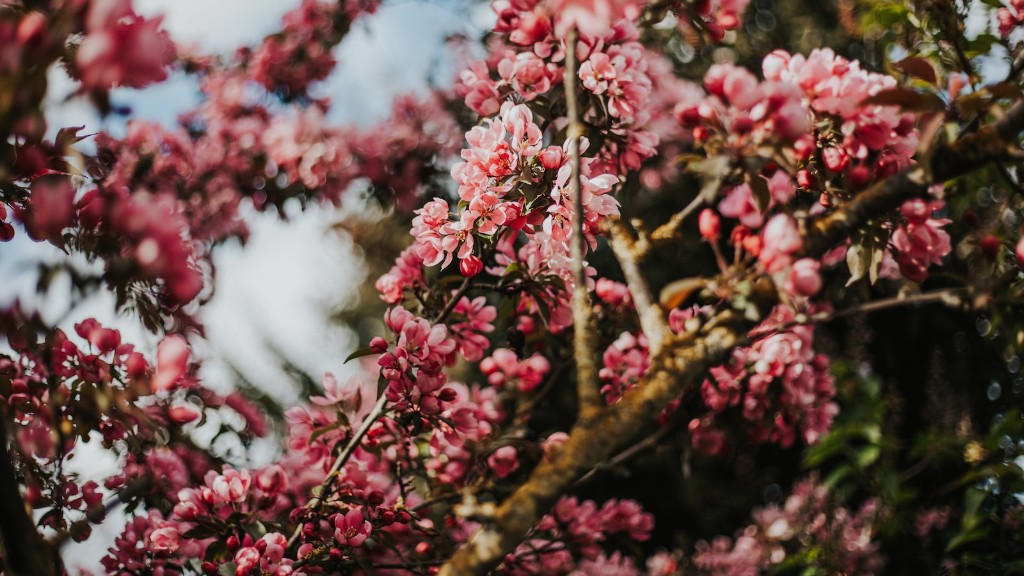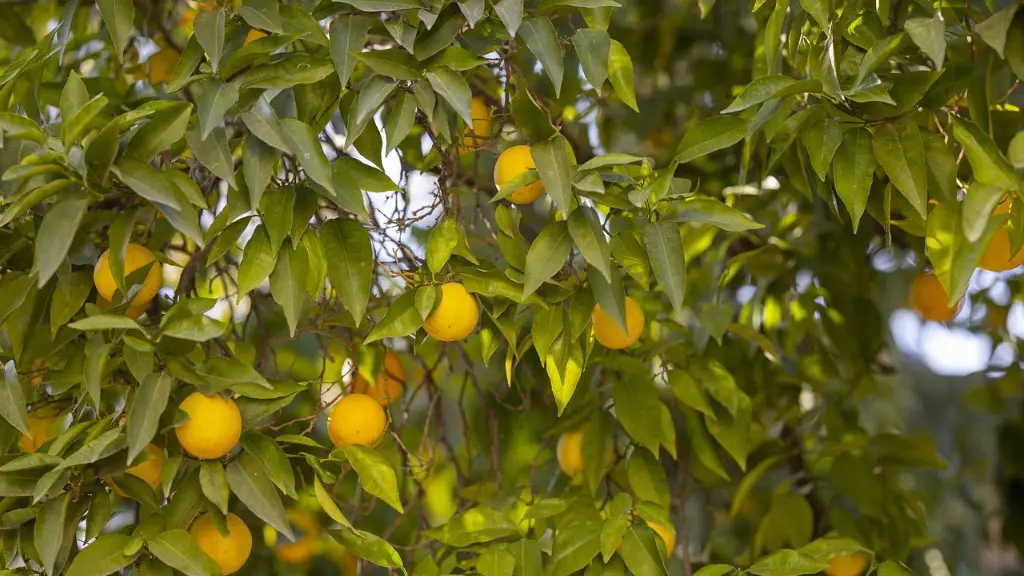Trimming an old overgrown apple tree can be a daunting task. But with a few tips and tricks, it’s possible to keep your apple tree looking neat and healthier for many years to come. Here’s how to trim an overgrown apple tree:
1. Start by assessing the branches. When assessing the branches of your apple tree, look for signs of weak, diseased, dead or crossed branches. These should be removed as they can lead to future problems. Also, check for any branches that are growing too close together, as these may need to be thinned out.
2. Cut off excess shoots. Excess shoots can be removed by cutting at an angle just below the shoot base. This will help maintain the shape of the tree. Additionally, these shoots can be taken off close to the trunk if they are too long.
3. Prune the underside of branches. Pruning the lower branches of the tree helps encourage better air circulation, which can help reduce the risk of fungal diseases. When pruning the underside, cut to half the diameter of the branch and make sure that no more than one third of the branches in one season are removed.
4. Remove any dead branches. Dead branches should be removed immediately as they can lead to other issues such as pest infestation or other fungal diseases. Cut the dead branch at an angle just above the branch collar.
5. Prune away diseased branches. Branches that are diseased need to be removed to prevent the spread of disease. Diseased branches should be cut off at least two inches below the diseased area and disposed of properly.
Crown Reduction
Crown reduction is necessary when the tree has become too large and overgrown. This involves removing certain branches to reduce the overall size and shape of the tree. The best way to do this is to cut back the branches at the base, rather than taking off the entire branch at once. Also, it’s important to note that heavy crown reductions can weaken the tree and can leave it vulnerable to disease and pest infestations.
Girdling
Girdling is the process of removing bark around the base of the tree to cause injury to a certain area. Although girdling is a drastic measure, it can also be effective in removing dead or diseased wood from the tree. It helps to reduce the amount of nutrients and water being taken in and slows down growth in that particular area. Additionally, it can also be used to promote the growth of new shoots. Girdling should only be done if absolutely necessary, as it can leave the tree vulnerable to opportunistic pests and diseases.
Maintenance
In order to keep your apple tree looking its best, it is important to routinely prune and trim it. This should be done every year to ensure its health and vigour. If a tree is neglected, it can quickly become overgrown and unruly. So, trimming and pruning should be done in the spring or fall, when the tree is not actively growing.
Protection
In order to prevent pests and diseases from affecting the tree, it’s important to take preventative measures. This includes regular inspection of the tree for signs of disease or pest infestation, and the use of protective fungicides and insecticides. The use of protective fungicides and insecticides should only be done when necessary, as they can be harmful to human health and the environment.
Fertilizer
Fertilizing the tree is essential for proper growth and productivity. For mature apple trees, fertilizer should be applied around the base of the tree every four to six weeks during the active growing season. It is best to use a fertilizer specifically designed for apple trees and follow the manufacturer’s instructions. Additionally, it’s important to note that applying too much fertilizer can be harmful for the tree, so it’s best to use a light touch.
Watering
Apple trees need a lot of water to stay healthy, so it’s important to water your tree regularly. Water should be applied deeply and steadily, as this encourages deep roots development and helps to prevent water loss. Additionally, regular watering helps keep the soil at an ideal level of moisture.


